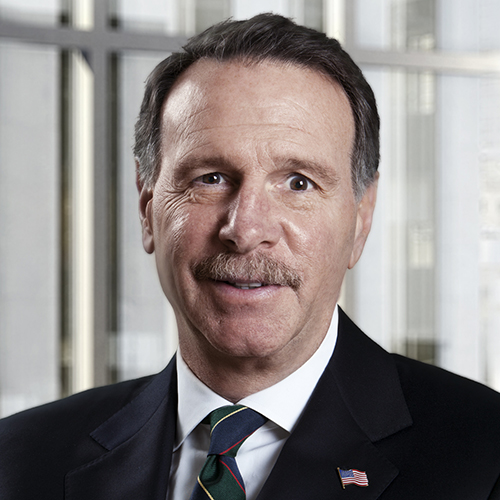Commentary - September 2023Marketfield L/S Fund
In the commentary below, Portfolio Managers Michael Aronstein and Michael Shaoul, Ph.D. discuss the Federal Reserve’s rate actions, how the Fund is positioned, and the Fund’s emphasis on reducing risk while allowing investors to participate in global equity markets.
What are your thoughts on the Federal Reserve’s actions to cool inflation?
The Fed has increased interest rates 11 times, increasing the fed funds rate from near 0% in March 2022 to 5.5% in July 2023. Despite its significant efforts, we remain skeptical that these hikes can effectively combat inflation. While the Consumer Price Index (CPI) has declined from its high of 9% in June 2022 to 3.7% in August 2023, we continue to see signs of elevated inflation in many areas of the economy. For example, in the housing sector, the cost for labor and finished materials has increased significantly over the past few years, making homebuilding more expensive.
Given the prevailing macroeconomic conditions, how is the Fund currently invested?
Approximately two-thirds of the Fund’s long positions remain invested in cyclical businesses engaged in manufacturing, production, transportation, materials, and related inputs. A substantial number of these companies have ties to commodities or exposure to materials that are facing shortages in supply or significant price increases.
In the third quarter, we initiated a few positions including a Japanese automotive manufacturer, a foreign natural resources company, and a multinational company that specializes in digital automation and energy management. The Fund continues to avoid companies within the Technology and Communications Services sectors.
With regard to our short book, we believe the Fed’s tightening action adversely impacts Financials stocks. Therefore, we strategically positioned the portfolio to exploit the vulnerabilities in financial markets by shorting individual Financials companies engaged in private equity lending and asset markets. Throughout 2023, the Fund’s largest short position has been in this group of Financials companies, and as of September 30, 2023, the Fund’s Financial sector net short position was 15%.
Overall, the Fund’s net long position has increased in 2023 from 36% at the end of 2022, to 52% at the end of the third quarter.
Would you please discuss your thoughts on the Energy sector?
Over the quarter, the price of crude oil rose approximately 30%. We believe Saudi Arabia and Russia have been disciplined oil operators, cutting production in an effort to reduce global supply. With prices around $90 per barrel as of the end of September, we believe crude oil is affordable for the end consumer, and from a demand perspective, the U.S. and Chinese economies remain strong. Along with being supported by positive supply and demand dynamics, many Energy companies have positive cash flows with dividend yields that are above the 10-year Treasury yield.
How does the Fund help mitigate volatility in an investor’s portfolio?
Historically over short- and long-term periods, the Fund has provided lower risk than the overall market. As of September 30, 2023, the Fund had at least a 25% reduction in risk as measured by standard deviation compared to the S&P 500 across 1-, 3-, 5-, and 10-year periods. We continue to emphasize the reduction of risk while allowing investors to participate in the global equity markets.
Lower Standard Deviation Than the Overall Market
| 1 Yr | 3 Yr | 5 Yr | 10 Yr | |
|---|---|---|---|---|
| Fund (Institutional Class) | 11.96 | 11.54 | 13.67 | 10.91 |
| S&P 500 Index | 15.99 | 17.85 | 18.97 | 14.96 |
| % Difference | 25% | 35% | 28% | 27% |
Source: Morningstar. Standard deviation is a statistical measure of historical volatility. The S&P 500 Index is a capitalization-weighted index of 500 stocks. An investment cannot be made directly into an index.
The Consumer Price Index measures the overall change in consumer prices based on a representative basket of goods and services over time.
